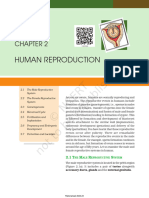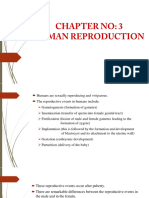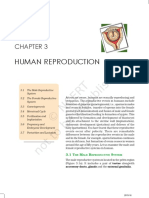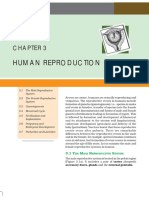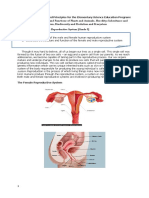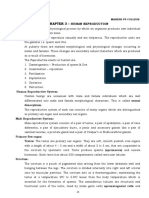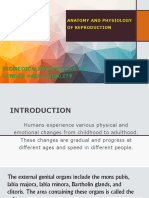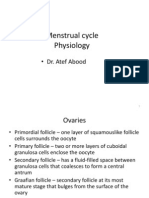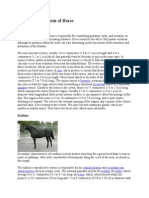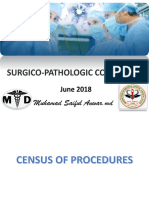0% found this document useful (0 votes)
13 views47 pagesLEC. 1 Human Reproduction
The document is a course syllabus for a Human Reproduction class, detailing the biological aspects of human reproduction, including anatomy, physiology, and the reproductive systems of both males and females. It outlines the functions and structures involved in reproduction, such as gamete production, fertilization, and development of offspring. Additionally, it covers the characteristics of life and includes questions for students to reflect on individual roles in reproduction and societal gender roles.
Uploaded by
Norjanah KurangkingCopyright
© © All Rights Reserved
We take content rights seriously. If you suspect this is your content, claim it here.
Available Formats
Download as PDF, TXT or read online on Scribd
0% found this document useful (0 votes)
13 views47 pagesLEC. 1 Human Reproduction
The document is a course syllabus for a Human Reproduction class, detailing the biological aspects of human reproduction, including anatomy, physiology, and the reproductive systems of both males and females. It outlines the functions and structures involved in reproduction, such as gamete production, fertilization, and development of offspring. Additionally, it covers the characteristics of life and includes questions for students to reflect on individual roles in reproduction and societal gender roles.
Uploaded by
Norjanah KurangkingCopyright
© © All Rights Reserved
We take content rights seriously. If you suspect this is your content, claim it here.
Available Formats
Download as PDF, TXT or read online on Scribd
/ 47




